Opinion & Analysis
Equipment For Golf Fitness: The 5 Best and 5 Worst

This is a light-hearted look at the five best and five worst pieces of gym/fitness equipment that you can use for your golf fitness routine.
I have personally used, experimented with, been given the sales spiel and watched the dodgy YouTube ads for every piece of equipment on these two lists.
How did the respective pieces of equipment qualify for their placing on the respective good and bad categories? They were put through an extremely subjective and moderately rigorous scrutiny, which involved absolutely no scientific process whatsoever. It comes from gut feeling, player feedback, listening to what other trainers have to say and of course, good old common sense. I’ve looked past the pseudo-science, ignored the preposterous claims and simply cast my judgment as a golf fitness professional.
Although there was categorically no science and very few facts that went into the rating of the equipment, I did come up with a fun scoring system:
Each piece of equipment is given a score out of 5 in the following categories, producing a total score out of 35:
- Effectiveness
- Versatility
- Portability
- Application to golf posture and swing
- Cost
- Injury risk
- Chance of messing with swing mechanics
*The higher the number for each category, the better
The five lowest-scoring pieces of equipment were relegated to the “Worst Group” and the five best, promoted to the “Best Group.” I have included the score sheet at the end of the article.
To take a closer look at some of the items detailed, check out Golf Fit Pro.
So here they are, presented in order:
The Worst: No. 5 — Weighted Clubs
- Score: 21 out of 35
Rapidly going out of fashion in golf and in baseball, the donuts give false feeling of load during the swing and has been shown to slow non-weighted swing speed while encouraging off-center hits. If you want to move the club faster, why practice moving a weighted version more slowly using the same action?
The Best: No. 5 — Dumbells/Kettlebells
- Score: 26 out of 35
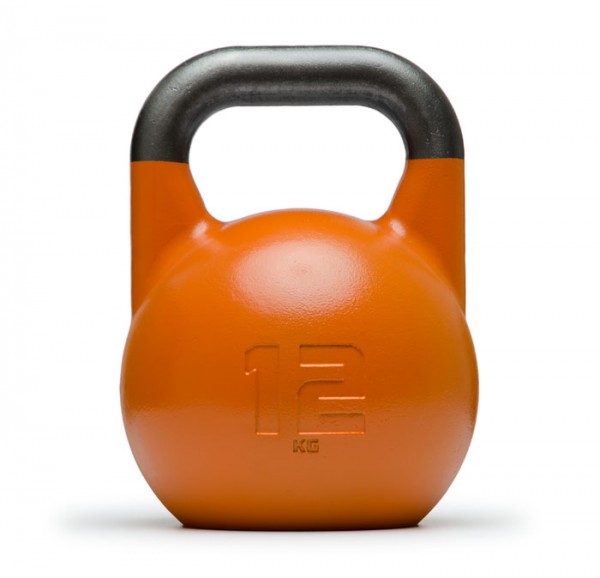 Timeless pieces of gym equipment that produce genuine gains in strength and power. These can be used in countless different ways with a wide variety of load. There’s a reason they have been around for for years and yet still remain popular.
Timeless pieces of gym equipment that produce genuine gains in strength and power. These can be used in countless different ways with a wide variety of load. There’s a reason they have been around for for years and yet still remain popular.
The Worst: No. 4 — Bosu Ball
- Score: 20 out of 35
Standing on the bosu ball will not magically “turn your core on” and help you with your golf swing. It’s more likely to send your ankle stabilizers into overdrive, rather than the important core and hip stabilizers.
The Best: No. 4 — Soft Sand
- Score: 27 out of 35
Running, jumping and crawling in multiple directions in soft sand is highly effective for a number of reasons. Sand requires you to stabilize and balance with every step you take. But because sand has no reactive force, we can’t rely on the ankle and wrist stabilizers to do the job — now it’s up to our core, hamstrings, butt and shoulders to pick up the slack. It also smashes your lungs for cardio fitness and produces almost zero muscle soreness the next day.
The Worst: No. 3 — Somax Swing Trainer
- Score: 13 out of 35
I can see what they were trying to do here: train the hips to move quicker and you’ll swing the golf club faster. Unfortunately, it’s not that simple. Fast club head speed requires the kinematic sequence of the golf swing to work in harmony. Simply training the hips to move as fast as possible and hoping the rest of the body will hold on is fundamentally flawed. Also I see a high potential injury risk while using this piece of kit. Lower backs look out!
The Best: No. 3 — Suspension Trainer
- Score: 30 out of 35
Young and old, fit and unfit, elite or amateur, the suspension trainer offers something for everybody with its ability to dramatically alter the load and difficulty of an exercise with simple body positioning. Core integration is needed in order to perform the exercises, plus hip and shoulder girdle stability are challenged and trained with the unstable nature of the straps. It’s portable, durable and fun to use.
The Worst: No. 2 — Pec Dec Machine
- Score: 12 out of 35
Tight pecs equals rounded and forward shoulders, which leads to impaired arm/body connection in the swing and ultimately funky swing actions to manipulate the club face. In terms of tightening pecs and rounding shoulders, the pec dec is king and, in my opinion, should be given a wide berth and left well alone.
The Best: No. 2 — Power Bands
- Score: 32 out of 35
These beauties have much of the same positive characteristic as the Suspension Trainer, that is: portable, durable, versatile, scalable to different levels of people and great for training with a partner.
Two features see them ranked higher though:
- The resistance increases the further you move into a resisted position. This means the exercise gets harder as you get to the least stable point of the movement, pure gold for stabilizer muscles.
- They can be used to simultaneously support and encourage muscles and joints into positions that they wouldn’t otherwise be capable of. Leveraged properly, this means increased mobility in the key golf areas of the shoulder, mid/upper back and hips.
The Worst: No. 1 — Home Ab Machine
- Score: 11 out of 35
Even setting aside the cringeworthy TV ads selling you lies, this equipment is the worst! The last thing a seated and sedentary society needs to do is be hunched over and crunncing ourselves into oblivion. The one that goes straight up and down is bad, it will shorten your already chronically tight abs and hip flexors and pull you into a more hunched posture.
The side-to-side version is the absolute pits for golfers. In a sport where the majority of people already have too much lateral flexion (side bend) in their swings, the last thing we want to be doing is repeating this action over-and-over again. It trains poor movement patterns, puts you at significant risk of low back injury and no, sorry, it won’t make your love handles melt away like butter.
The Best: No. 1 — Postural Training Aids
- Score: 33 out of 35
Posture, Posture, Posture. I talk about it a lot, but it’s hard to stress how strongly I feel about training posture and dynamic rotation movement patterns. Without proper set up, it’s almost impossible to move well during your golf swing. Like anything, good set up posture is trained, not just assumed. These pieces of equipment have been designed for this exact purpose. They can be used anywhere and by anyone to directly assist the most important part of their golf swing — posture and quality rotation.
Conclusion
So there we have it. I’m sorry if I criticized your favorite piece of gear and caused you to question its inclusion in your gym routine. Hopefully it will encourage you to relegate it to the garage and pick up something useful instead!
On the flipside, I’m happy if I validated what you already use or even inspired you to add a couple of useful items to your golf fitness equipment kit.
Check out Golf Fit Pro to take a closer look at some of the items detailed above.
Best and Worst Equipment Scoring Sheet
Opinion & Analysis
The 2 primary challenges golf equipment companies face

As the editor-in-chief of this website and an observer of the GolfWRX forums and other online golf equipment discourse for over a decade, I’m pretty well attuned to the grunts and grumbles of a significant portion of the golf equipment purchasing spectrum. And before you accuse me of lording above all in some digital ivory tower, I’d like to offer that I worked at golf courses (public and private) for years prior to picking up my pen, so I’m well-versed in the non-degenerate golf equipment consumers out there. I touched (green)grass (retail)!
Complaints about the ills of and related to the OEMs usually follow some version of: Product cycles are too short for real innovation, tour equipment isn’t the same as retail (which is largely not true, by the way), too much is invested in marketing and not enough in R&D, top staffer X hasn’t even put the new driver in play, so it’s obviously not superior to the previous generation, prices are too high, and on and on.
Without digging into the merits of any of these claims, which I believe are mostly red herrings, I’d like to bring into view of our rangefinder what I believe to be the two primary difficulties golf equipment companies face.
One: As Terry Koehler, back when he was the CEO of Ben Hogan, told me at the time of the Ft Worth irons launch, if you can’t regularly hit the golf ball in a coin-sized area in the middle of the face, there’s not a ton that iron technology can do for you. Now, this is less true now with respect to irons than when he said it, and is less and less true by degrees as the clubs get larger (utilities, fairways, hybrids, drivers), but there remains a great deal of golf equipment truth in that statement. Think about it — which is to say, in TL;DR fashion, get lessons from a qualified instructor who will teach you about the fundamentals of repeatable impact and how the golf swing works, not just offer band-aid fixes. If you can’t repeatably deliver the golf club to the golf ball in something resembling the manner it was designed for, how can you expect to be getting the most out of the club — put another way, the maximum value from your investment?
Similarly, game improvement equipment can only improve your game if you game it. In other words, get fit for the clubs you ought to be playing rather than filling the bag with the ones you wish you could hit or used to be able to hit. Of course, don’t do this if you don’t care about performance and just want to hit a forged blade while playing off an 18 handicap. That’s absolutely fine. There were plenty of members in clubs back in the day playing Hogan Apex or Mizuno MP-32 irons who had no business doing so from a ballstriking standpoint, but they enjoyed their look, feel, and complementary qualities to their Gatsby hats and cashmere sweaters. Do what brings you a measure of joy in this maddening game.
Now, the second issue. This is not a plea for non-conforming equipment; rather, it is a statement of fact. USGA/R&A limits on every facet of golf equipment are detrimental to golf equipment manufacturers. Sure, you know this, but do you think about it as it applies to almost every element of equipment? A 500cc driver would be inherently more forgiving than a 460cc, as one with a COR measurement in excess of 0.83. 50-inch shafts. Box grooves. And on and on.
Would fewer regulations be objectively bad for the game? Would this erode its soul? Fortunately, that’s beside the point of this exercise, which is merely to point out the facts. The fact, in this case, is that equipment restrictions and regulations are the slaughterbench of an abundance of innovation in the golf equipment space. Is this for the best? Well, now I’ve asked the question twice and might as well give a partial response, I guess my answer to that would be, “It depends on what type of golf you’re playing and who you’re playing it with.”
For my part, I don’t mind embarrassing myself with vintage blades and persimmons chasing after the quasi-spiritual elevation of a well-struck shot, but that’s just me. Plenty of folks don’t give a damn if their grooves are conforming. Plenty of folks think the folks in Liberty Corner ought to add a prison to the museum for such offences. And those are just a few of the considerations for the amateur game — which doesn’t get inside the gallery ropes of the pro game…
Different strokes in the game of golf, in my humble opinion.
Anyway, I believe equipment company engineers are genuinely trying to build better equipment year over year. The marketing departments are trying to find ways to make this equipment appeal to the broadest segment of the golf market possible. All of this against (1) the backdrop of — at least for now — firm product cycles. And golfers who, with their ~15 average handicap (men), for the most part, are not striping the golf ball like Tiger in his prime and seem to have less and less time year over year to practice and improve. (2) Regulations that massively restrict what they’re able to do…
That’s the landscape as I see it and the real headwinds for golf equipment companies. No doubt, there’s more I haven’t considered, but I think the previous is a better — and better faith — point of departure when formulating any serious commentary on the golf equipment world than some of the more cynical and conspiratorial takes I hear.
Agree? Disagree? Think I’m worthy of an Adam Hadwin-esque security guard tackle? Let me know in the comments.
@golfoncbs The infamous Adam Hadwin tackle ? #golf #fyp #canada #pgatour #adamhadwin ? Ghibli-style nostalgic waltz – MaSssuguMusic
Podcasts
Fore Love of Golf: Introducing a new club concept

Episode #16 brings us Cliff McKinney. Cliff is the founder of Old Charlie Golf Club, a new club, and concept, to be built in the Florida panhandle. The model is quite interesting and aims to make great, private golf more affordable. We hope you enjoy the show!
Opinion & Analysis
On Scottie Scheffler wondering ‘What’s the point of winning?’

Last week, I came across a reel from BBC Sport on Instagram featuring Scottie Scheffler speaking to the media ahead of The Open at Royal Portrush. In it, he shared that he often wonders what the point is of wanting to win tournaments so badly — especially when he knows, deep down, that it doesn’t lead to a truly fulfilling life.
View this post on Instagram
“Is it great to be able to win tournaments and to accomplish the things I have in the game of golf? Yeah, it brings tears to my eyes just to think about it because I’ve literally worked my entire life to be good at this sport,” Scheffler said. “To have that kind of sense of accomplishment, I think, is a pretty cool feeling. To get to live out your dreams is very special, but at the end of the day, I’m not out here to inspire the next generation of golfers. I’m not out here to inspire someone to be the best player in the world, because what’s the point?”
Ironically — or perhaps perfectly — he went on to win the claret jug.
That question — what’s the point of winning? — cuts straight to the heart of the human journey.
As someone who’s spent over two decades in the trenches of professional golf, and in deep study of the mental, emotional, and spiritual dimensions of the game, I see Scottie’s inner conflict as a sign of soul evolution in motion.
I came to golf late. I wasn’t a junior standout or college All-American. At 27, I left a steady corporate job to see if I could be on the PGA Tour starting as a 14-handicap, average-length hitter. Over the years, my journey has been defined less by trophies and more by the relentless effort to navigate the deeply inequitable and gated system of professional golf — an effort that ultimately turned inward and helped me evolve as both a golfer and a person.
One perspective that helped me make sense of this inner dissonance around competition and our culture’s tendency to overvalue winning is the idea of soul evolution.
The University of Virginia’s Division of Perceptual Studies has done extensive research on reincarnation, and Netflix’s Surviving Death (Episode 6) explores the topic, too. Whether you take it literally or metaphorically, the idea that we’re on a long arc of growth — from beginner to sage elder — offers a profound perspective.
If you accept the premise literally, then terms like “young soul” and “old soul” start to hold meaning. However, even if we set the word “soul” aside, it’s easy to see that different levels of life experience produce different worldviews.
Newer souls — or people in earlier stages of their development — may be curious and kind but still lack discernment or depth. There is a naivety, and they don’t yet question as deeply, tending to see things in black and white, partly because certainty feels safer than confronting the unknown.
As we gain more experience, we begin to experiment. We test limits. We chase extreme external goals — sometimes at the expense of health, relationships, or inner peace — still operating from hunger, ambition, and the fragility of the ego.
It’s a necessary stage, but often a turbulent and unfulfilling one.
David Duval fell off the map after reaching World No. 1. Bubba Watson had his own “Is this it?” moment with his caddie, Ted Scott, after winning the Masters.
In Aaron Rodgers: Enigma, reflecting on his 2011 Super Bowl win, Rodgers said:
“Now I’ve accomplished the only thing that I really, really wanted to do in my life. Now what? I was like, ‘Did I aim at the wrong thing? Did I spend too much time thinking about stuff that ultimately doesn’t give you true happiness?’”
Jim Carrey once said, “I think everybody should get rich and famous and do everything they ever dreamed of so they can see that it’s not the answer.”
Eventually, though, something shifts.
We begin to see in shades of gray. Winning, dominating, accumulating—these pursuits lose their shine. The rewards feel more fleeting. Living in a constant state of fight-or-flight makes us feel alive, yes, but not happy and joyful.
Compassion begins to replace ambition. Love, presence, and gratitude become more fulfilling than status, profits, or trophies. We crave balance over burnout. Collaboration over competition. Meaning over metrics.
Interestingly, if we zoom out, we can apply this same model to nations and cultures. Countries, like people, have a collective “soul stage” made up of the individuals within them.
Take the United States, for example. I’d place it as a mid-level soul: highly competitive and deeply driven, but still learning emotional maturity. Still uncomfortable with nuance. Still believing that more is always better. Despite its global wins, the U.S. currently ranks just 23rd in happiness (as of 2025). You might liken it to a gifted teenager—bold, eager, and ambitious, but angsty and still figuring out how to live well and in balance. As much as a parent wants to protect their child, sometimes the child has to make their own mistakes to truly grow.
So when Scottie Scheffler wonders what the point of winning is, I don’t see someone losing strength.
I see someone evolving.
He’s beginning to look beyond the leaderboard. Beyond metrics of success that carry a lower vibration. And yet, in a poetic twist, Scheffler did go on to win The Open. But that only reinforces the point: even at the pinnacle, the question remains. And if more of us in the golf and sports world — and in U.S. culture at large — started asking similar questions, we might discover that the more meaningful trophy isn’t about accumulating or beating others at all costs.
It’s about awakening and evolving to something more than winning could ever promise.












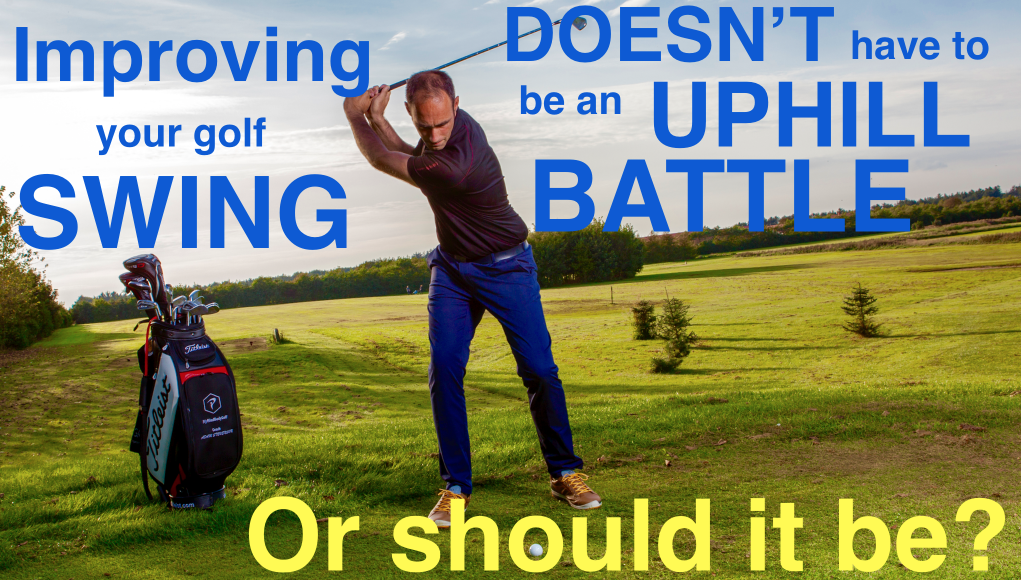
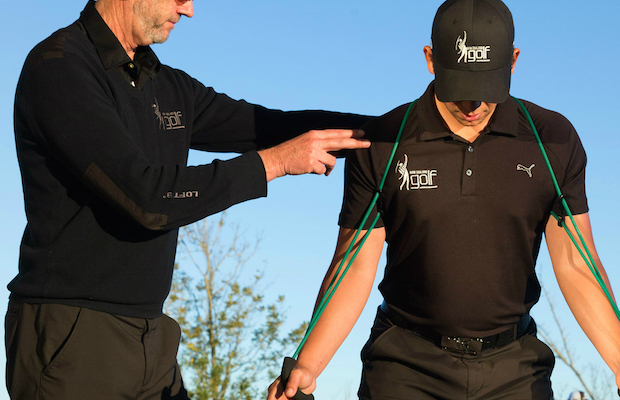
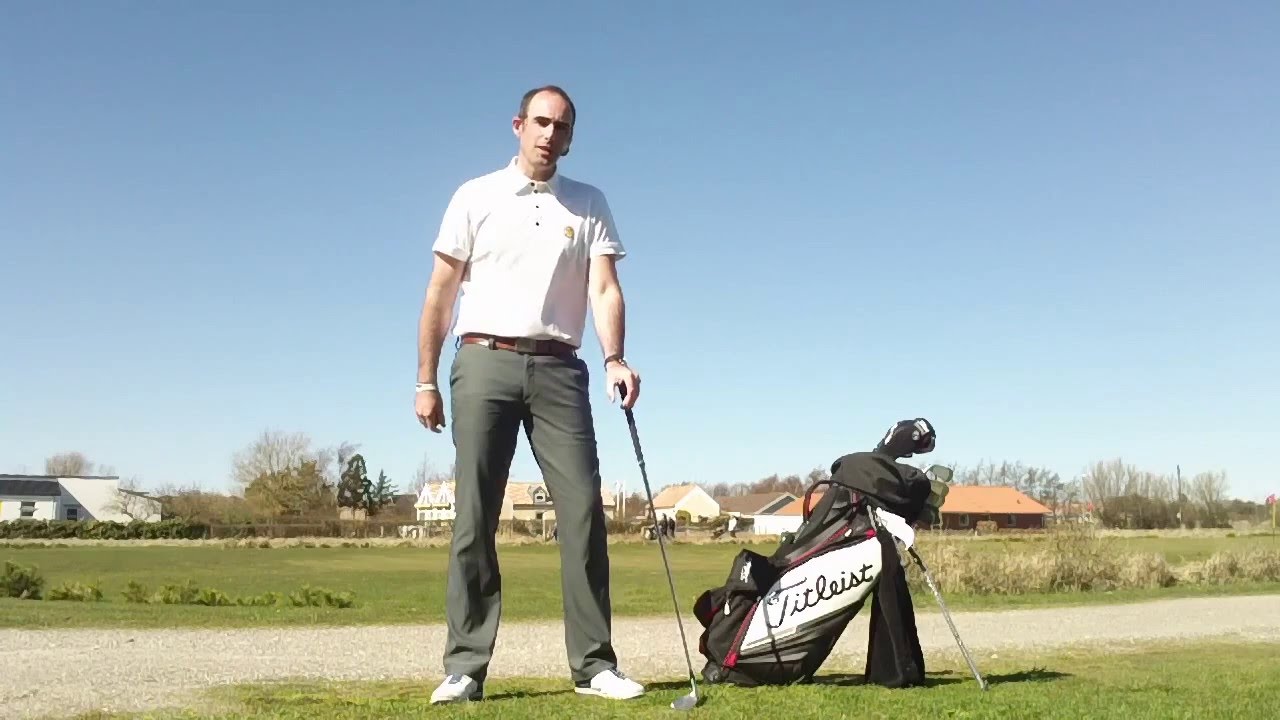
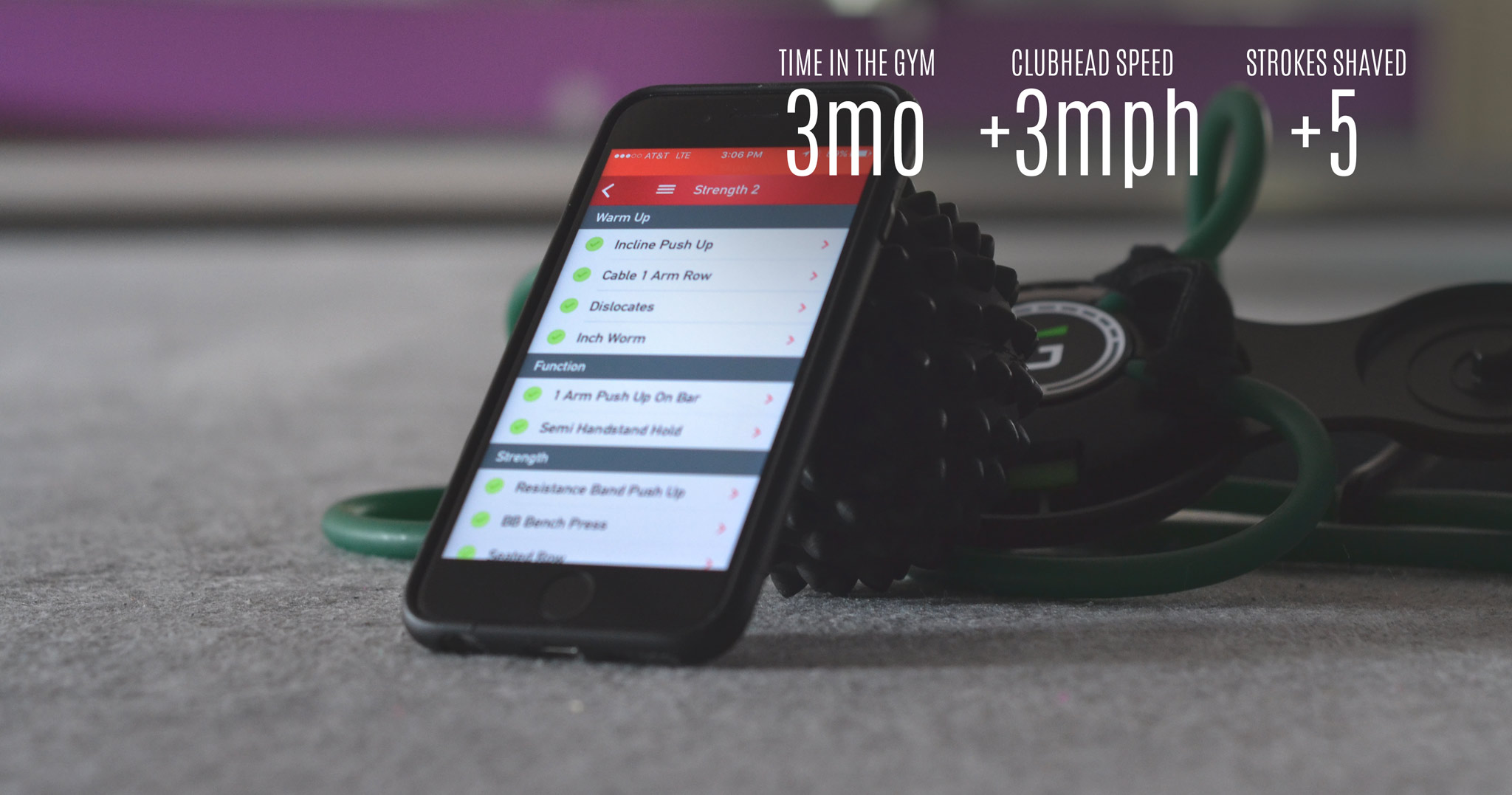
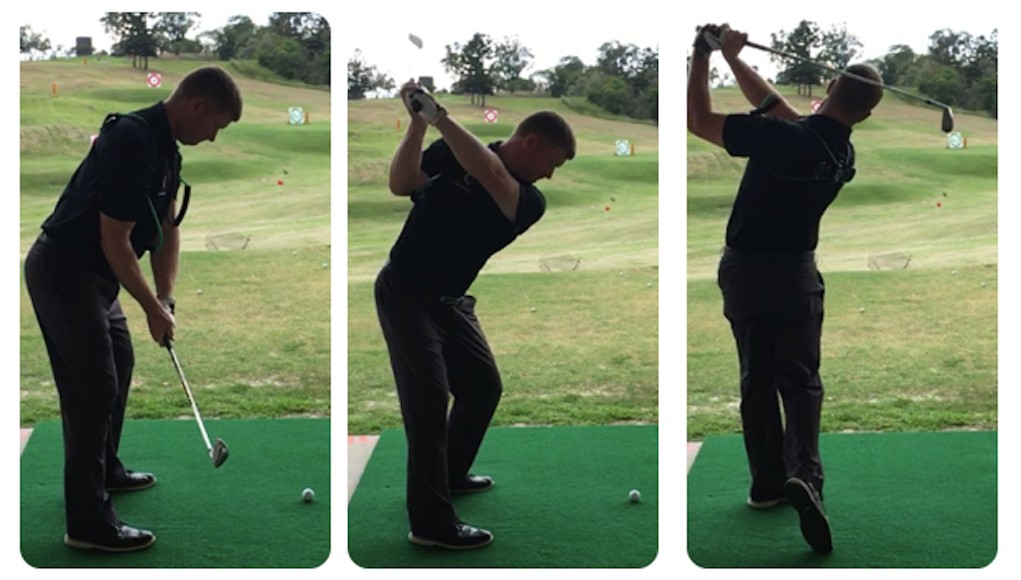
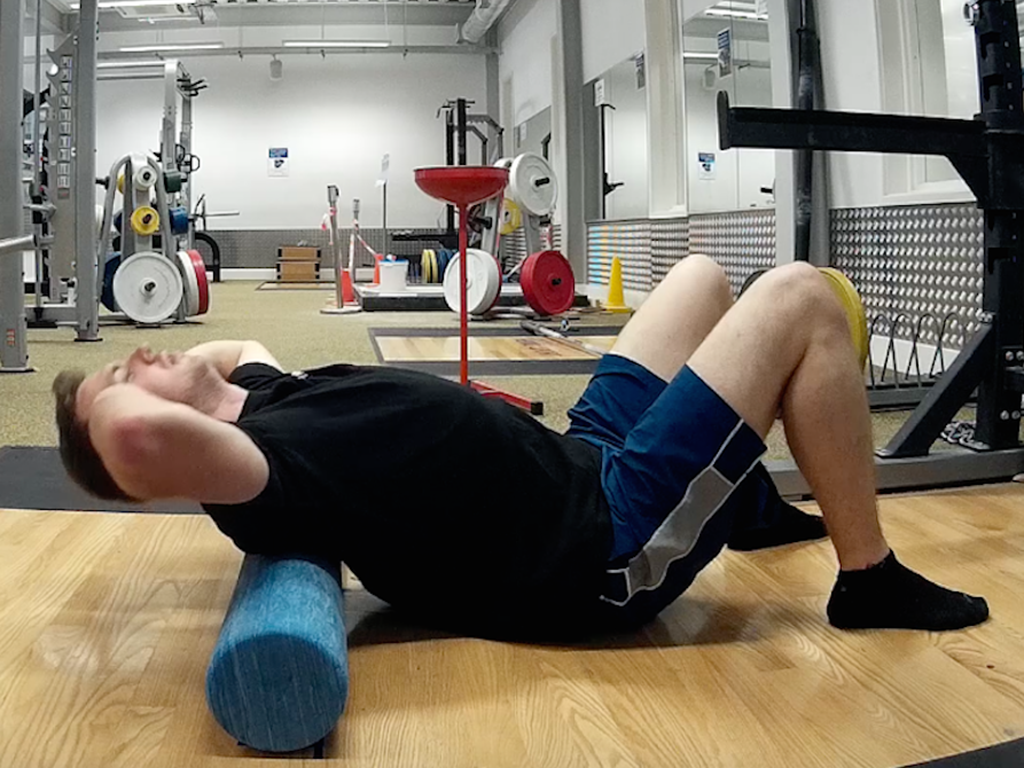








Pingback: Equipment For Golf Fitness: The 5 Best and 5 Worst | GolfWRX | 40100sports
Nathan
Apr 2, 2015 at 8:32 am
Whether or not everyone agrees with this list, it is nice to see fitness being discussed on wrx. Nick makes some good suggestions. Obviously in a short article, he cannot go into full detail about each item, but his thoughts are mostly spot-on. Nice job, Nick!
Nick Randall
Apr 3, 2015 at 1:11 am
Cheers Nathan!
I was always going to rub a few people up the wrong way with Bosu Ball and Weighted Club. But if we all thought the same way, the world would be a boring place!
Mbwa Kali Sana
Apr 1, 2015 at 3:10 pm
A very biaised assesment of training aids :the best are not even mentioned ,such as the OVERSPEED /UNDERSPEED clubs :everybody should know that to train effectively the “Fast Twitch muscle fibers ” you have to “trick” them by swinging a club sllghtly more heavy ,then a club slightly less heavy ,at random(See the SUPERSPEED Sticks by MIKE NAPOLEON) .Speed training is essential ,don’t move slowly ,short bursts of the “SWING CHAIN “or the “TORSO BURNER”give you speed ,versatilty and strength .The best rubber bands are the “ULTIMATE SWING TRAINER “rubber tubes by MIKE BAUMANN.See also the” SPEED BALL or” XLR8R” “by JOHN NOVOSEL and his famous “TOUR TEMPO ” …Isometric exercises develops strength ,no need to utilize heavy weights:just get a “BULLWORKER” and you’ll see your streghth grow almost magically .This training device is 60 years old ….
Nick Randall
Apr 1, 2015 at 7:16 pm
Hi Mbwa, It was really more of an article on golf FITNESS equipment, not training aids. I don’t claim to have expertise in the training aids area, hence why I missed some of your favourites.
Cheers,
Nick
Scott
Apr 1, 2015 at 12:31 pm
I am not one to normally comment on exercise equipment. Unless something is dangerous to use, what ever gets you motivated to work out is great. However, I just looked at the posture belt you tube training video and it looks ridiculous. It may work, but most of the other stuff mentioned looks like it would be more effective.
Most people do not truly understand what good posture is. Stand up straight and hold in your stomach, as if you are getting ready to be punched in the gut. Keep breathing. hold that for as long as you can and work your way up in the amount of time you can hold it. You can even do it in a chair. That is proper posture and the exercise works the inner layers of or abdominal muscles. That exercise has made a HUGE difference in my posture.
Nick Randall
Apr 1, 2015 at 7:18 pm
Hi Scott,
Nice suggestions and definitely along the right track. What your suggesting sounds like a little too much bracing with superficial muscles (obliques especially) however. This is likely to inhibit dynamic rotation, look out for an upcoming article from me on how to effectively train golf posture
Cheers
Nick
Steven Thomas
Apr 1, 2015 at 12:12 pm
I have swung a weighted club for years. The current club I have weighs 5 pounds. I swing this several times a day and right before I go play. I saw a Golf Channel show when they were talking to Gary Player. He says he swings a weighted club everyday, as do many pros.
Nick Randall
Apr 1, 2015 at 7:20 pm
Hi Steven,
There are lots of people who support using a weighted club, I’m just one of them. When considering the research plus feedback form players and coaches, it just doesn’t seem like the right way to go.
cheers
Nick
zoots
Mar 31, 2015 at 10:02 pm
I’m thinking of buying a swing fan. Would this be the same as a weighted club, therefore a no-no?
Jack
Apr 1, 2015 at 2:33 am
I’ve had a swing fan before. If you want to increase your swing speed, I think it’s legit to help you make the jump. But you needs to consistently keep swinging at that speed. Most of the time after I use it, I think it messes up my swing a tempo a lot.
zoots
Apr 2, 2015 at 12:26 am
Thanks for the info, Jack
Nick Randall
Apr 1, 2015 at 7:22 pm
Hi Zoots,
I would say that it depends on what you use it for. Training swing feels from top of backswing to impact – go for it. Trying to generate more clubhead speed – maybe not.
Cheers
Nick
zoots
Apr 2, 2015 at 12:27 am
Thanks Nick. I’ll take that into consideration
Tony Lynam
Apr 21, 2015 at 8:35 am
I have used a swing fan for over 15 years and it has to be one of the best training aids for increasing and maintaining swing speed. I am 52 years old, 4 hcp and clock out at a 110-115 swing speed. I have also utilized the Momentus weighted club during that 15 years and recently added an Orange Whip swing trainer for tempo work in the last year.
David
Apr 24, 2015 at 3:51 pm
Great choices! The orange whip is a huge omission regarding the article.
luckbox
Mar 31, 2015 at 8:22 pm
I am confused how rounded shoulders and tight pecs would lead to a improper swing. Sure you do not want to look like Ronnie Coleman or Jay Cutler (Mr Olympia not Mr. Choke-Artist) but tight pecs and strong shoulders are prevalent in two of the most dominant golfers 2000 Tiger and current Rory.
Nick Randall
Apr 1, 2015 at 7:24 pm
Hi Luckbox,
Be careful not to confuse TIGHT with STRONG. You can be still be strong and have pecs that are not adaptively shortened and impeding shoulder function. By all means, train your chest and shoulders, just use dumbbells, barbells and push up variations instead of the pec dec.
Hope this helps
Nick
Steve
Mar 31, 2015 at 4:43 pm
If that was how you used the Bosu Ball then I would agree. Try turning it over and sitting on it and then do your ab workout or doing planks/side planks with your feet on it or even harder with your elbows on it. lie on it to do lower back extensions. Also if you do squats with both of your feet on it your quads, glutes and hip stabilizers all come into play without as much pressure on your ankles. Do pushups with your hands holding the sides. It only takes up a small space and used correctly in combination with suspension training it’s a great workout.
Erik
Mar 31, 2015 at 4:42 pm
Power bands should be on the worst end and kettlebells should be best no 1. You obviously haven’t studied the TGU, goblet squat, and swing enough.
Regis
Apr 1, 2015 at 11:03 am
I personally disagree, at least to some extent. I’m no fitness buff but I do try to work out and a lot of it is golf related. When healthy I think kettle bells are the best but there is a learning curve. I have also had to rehab following a number of serious surgeries and for a person with limited space (hospital room, apartment) or one who travels nothing beats a quality set of power bands. If I had to pick one exercise aid for overall versatility, portability, flexibility and longevity (we all get older) it would be power bands but you have to purchase a quality set
James
Apr 1, 2015 at 11:31 am
Regis,
What brand/set of power bands would you recommend?
Thanks
Regis
Apr 2, 2015 at 10:38 pm
I like SPRI Xrtubes because they have good handles and door attachments but there are a lot of good options out there. Just look for quality door attachments and good handles. There are a lot of fitness sites you could explore
Jeremy
Mar 31, 2015 at 4:38 pm
After rehabbing from knee surgery I’ve had good results with the bosu ball. It’s been great for my balance, and when you do more than just stand on it it can provide a great core workout. Posture and form are important though. I think they’re overpriced so I wouldn’t buy one for my home, but I always use it at the gym.
MJ
Mar 31, 2015 at 4:33 pm
I would think any balance exercise would be good for golf. Where are you teaching crossfit?
Good article I like the posture drills
4pillars
Mar 31, 2015 at 2:43 pm
I tried putting the Kettlebell at the end of my golf club but they just fell off.
The neighbour downstairs was not too pleased.
Me Nunya
Mar 31, 2015 at 4:49 pm
Lel
TR1PTIK
Mar 31, 2015 at 11:35 am
I understand the concern for the pec dec for most, but when followed with a proper back workout and ample stretching, I don’t see the issue. The main issue I see with working the pectoral muscles is that they could impede the swing if you bulk up too much.
Nolanski
Mar 31, 2015 at 11:48 am
When I was big into [smart & safe]weight training, I always deemed chest flys as too dangerous. They had rotator cuff injury written all over it and there were just many more chest exercises that were safer and more effective. To each his own though.
TR1PTIK
Mar 31, 2015 at 1:10 pm
Rotator cuff injury makes sense for that exercise. I still do them though. I just don’t use a ton of weight and I stop when something doesn’t feel right. As long as people work at their own pace, and are smart enough to know the difference between growing pains and injury pains then do what you want. As far as Americans are concerned – almost any exercise is good exercise.
Nolanski
Mar 31, 2015 at 10:55 am
You arent kidding about the ankle stabilizers on the BOSU ball! Luckily my ankles are like oak trees or I’d be afraid of them snapping. I must not be doing that power band pose in the picture because I’ve done that one and it felt like it didnt do anything for me. I’ll try it again with stronger bands I guess.
Ronald Montesano
Mar 31, 2015 at 10:35 am
Nick…I hope there is a follow-up on postural training aids, so we can understand why and how they work. Thanks, mate.
Cyd
Mar 31, 2015 at 11:03 am
+1
Boo
Mar 31, 2015 at 12:27 pm
+2
Nick Randall
Apr 1, 2015 at 7:27 pm
Hey Ron,
Sure thing buddy, I’ll start working on that! Hope you are well mate,
Cheers
Nick